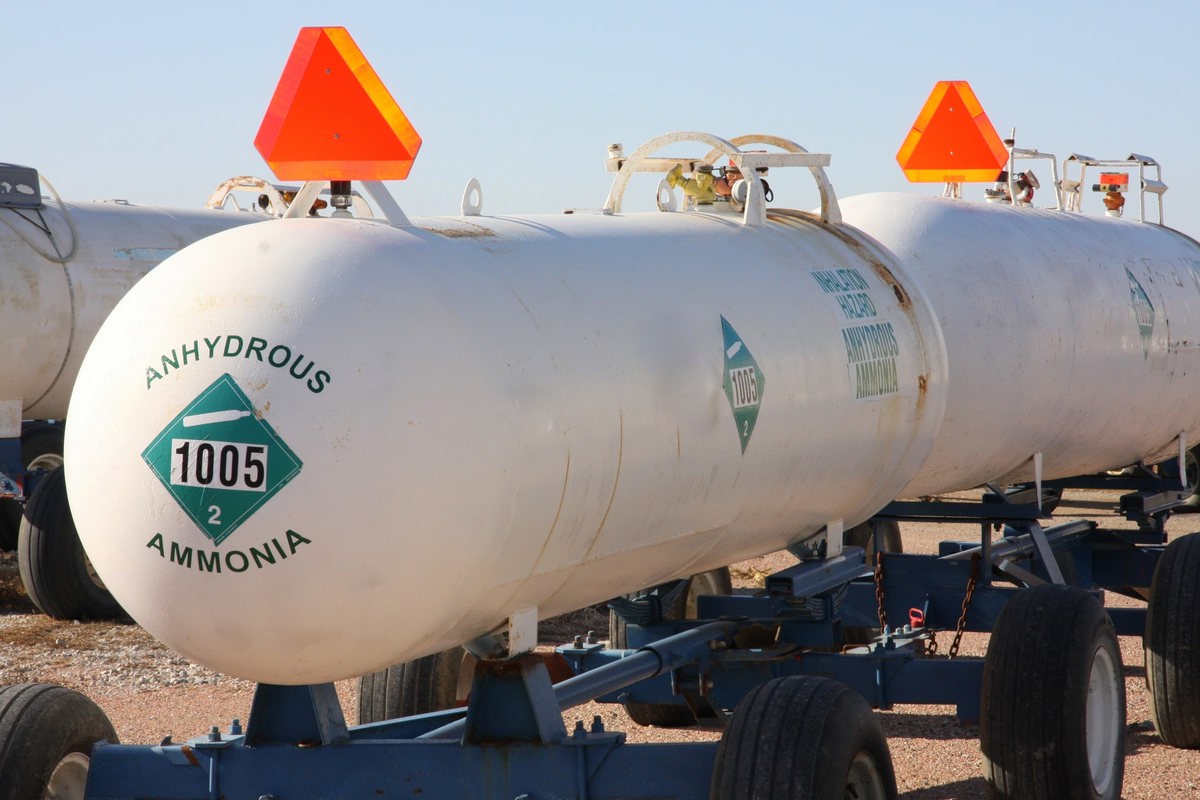The Week in Alt Fuels: Taking ammonia from lethal to safe
Ammonia is toxic and potentially lethal. The IMO must now ensure this gas is safe for use as a bunker fuel.
 PHOTO: Getty Images
PHOTO: Getty Images
The International Maritime Organization (IMO) is drafting interim guidelines for using ammonia as fuel on ships, with the final draft expected to be reviewed and approved by the Maritime Safety Committee (MSC) in December.
The regulator faces a significant challenge, as ammonia is dangerous if it’s not handled with proper safety measures in place.
Certain concentrations of ammonia can be lethal if exposure is severe and prolonged. Ammonia concentrations of 2,500-4,500 parts per million (ppm) can be fatal within 30 minutes, according to the US National Institutes of Health. Levels above 5,000 ppm typically cause rapid respiratory arrest, while concentrations over 10,000 ppm can result in skin damage. These dangerous levels usually occur during large-scale ammonia releases or leaks, often in enclosed or poorly ventilated spaces.
Liquid ammonia quickly turns into gas when exposed to air. Since ammonia gas is lighter than air, it tends to disperse rapidly, which can help reduce the risk of prolonged exposure and toxicity.
Ammonia cargo shipping is tightly regulated, yet accidents still occur. Between 1982-2023, there were 13 ammonia-related accidents on ships, according to the Swedish Maritime Competence Centre. 10 of these resulted in at least one fatality, with a maximum of seven fatalities reported in a single incident.
Except for a bunker trial on a small Fortescue vessel in Singapore, ammonia has so far only featured on ships as cargo. Ships fuelled by ammonia for propulsion will have to have safety measures in place for fuel containment, bunker stations and transfer piping, as well as additional safeguards for the fuel supply systems and combustion engines, according to marine insurer UK Protection and Indemnity Club.
Places where ammonia is handled on ships, including bunkering equipment and fuel storage rooms, must have gas detection alarms, argued the Mærsk Mc-Kinney Møller Center for Zero Carbon Shipping (MMMCZCS) and the Royal Institution of Naval Architects (Royal RINA) to the IMO. Various parties have argued for an alarm threshold set between 30-220 ppm of ammonia concentration.
The US Environmental Protection Agency has set the exposure limit for ammonia to 30 ppm. Exposure at this level has reversible effects, while exposure at 220 ppm carries a risk of irreversible or serious long-lasting effects. 2,700 ppm is life-threatening or fatal.
In other news, Danish shipping major A.P. Moller- Maersk plans to place orders and sign charter contracts for 50–60 new dual-fuel vessels, which will include LNG- and methanol-capable ships. The exact split between LNG and methanol will depend on how regulations evolve and whether Maersk can source green fuels, it said. Maersk aims for a total capacity of 800,000 TEU across all its orders.
French GTT has received an ammonia-ready notation for its membrane containment system for LNG-fuelled vessels from class society American Bureau of Shipping. The tank features a cryogenic container that keeps liquefied gas cold during shipping and storage while maintaining normal air pressure, according to GTT.
The Bahamas-based ship designer Veer.Voyage and Germany’s Fosen Shipyard will build two wind-powered container ships with hydrogen fuel cell-powered auxiliary power. Each ship will have a sail system featuring multiple free-standing rotating masts with curved yards.
By Konica Bhatt
Please get in touch with comments or additional info to news@engine.online





